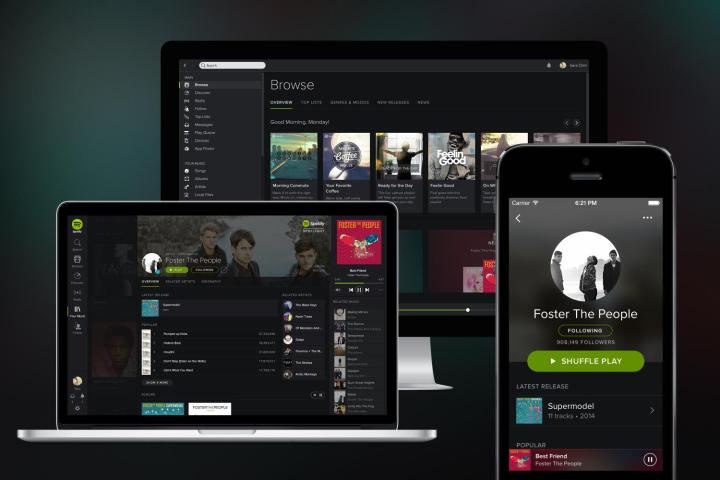
If you’ve ever used Spotify, your music came from three sources: one of the company’s servers, a cached file on your computer (if you’re playing a song you’ve listened to before) or from other users through the service’s massive P2P (peer-to-peer) network. However, as transient as a song on Spotify, this arrangement will soon be over. According to TorrentFreak, the company will soon move away from using P2P networks, and will instead adopt a server-client model. P2P is basically a file-sharing method, similar to what you’ll find with Bittorrent.
“We’re gradually phasing out the use of our desktop P2P technology which has helped our users enjoy their music both speedily and seamlessly,” Spotify Communications Director Alison Bonny told TorrentFreak.
Spotify uses P2P networks to instantly play music files on your computer without buffering times. This method was only implemented on the desktop and not on mobile, perhaps to prevent the service from messing with people’s precious data allocations. P2P also had an added benefit for the company, since it kept costs low by reducing reliance on servers. In a previous report from TorrentFreak, it was revealed that about 33.9 percent of music played on Spotify came through the P2P network. However, with bandwidth prices going lower, Spotify now seems capable of delivering its service without the help of users, and it promises that its services won’t slow down.
“We’re now at a stage where we can power music delivery through our growing number of servers and ensure our continue to receive a best-in-class service,” Bonny said.
Spotify didn’t specify how long before it shuts down its P2P network. However, we expect this change to kick in over the coming months.


